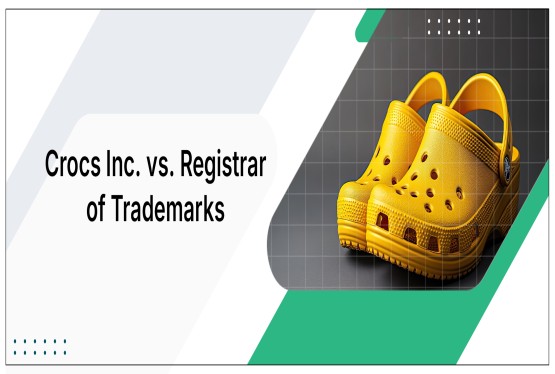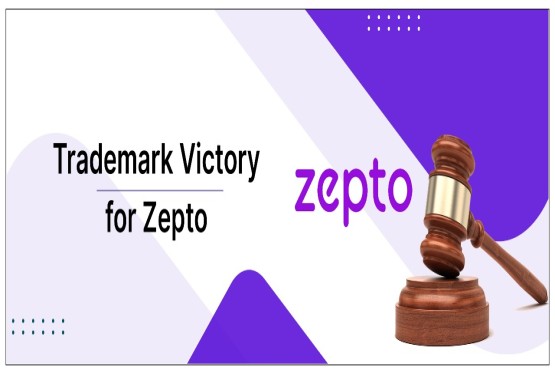Trademark registration is an essential step in securing a brand’s identity and legal rights. However, the process of trademark registration can sometimes become complicated, especially when an application contains multiple goods and services spanning different trademark classes. In such cases, the applicant may opt for the division of a trademark application, a legal provision that allows splitting a single application into two or more separate applications. This article explores the concept, process, advantages, and implications of dividing a trademark application, providing a comprehensive guide for businesses and legal professionals.
What is the Division of a Trademark Application?
The division of a trademark application refers to the process of splitting a single trademark application into multiple applications to facilitate smoother processing. This is particularly useful when certain classes or goods/services within an application face objections, while others can proceed toward registration without complications.
A divided trademark application retains the original filing date of the parent application, ensuring that the applicant does not lose priority rights over the trademark.
Legal Basis for Division of a Trademark Application
The concept of division of a trademark application is recognized under international trademark law frameworks such as:
• The Madrid Protocol (for international trademarks)
• National trademark laws, including the Trade Marks Act, 1999 in India and similar regulations in other jurisdictions.
Under Indian trademark law, Rule 43 of the Trade Marks Rules, 2017 allows an applicant to request the division of a pending or registered application.
Reasons for Dividing a Trademark Application
There are several practical reasons why applicants choose to divide their trademark applications, including:
1. Overcoming Partial Objections or Oppositions
• If a trademark application includes multiple classes and one or more classes face opposition, division allows the uncontested classes to proceed toward registration while the applicant deals with objections separately.
2. Expediting Registration
• If certain parts of the trademark application are ready for approval while others require additional scrutiny, division helps in obtaining registration for the uncontested portions sooner.
3. Simplifying Examination Process
• Examiners may raise objections on specific goods/services rather than the entire application. Division enables an applicant to separate the unproblematic parts from the contested ones.
4. Strategic Business Decisions
• Businesses often restructure their brand portfolios, requiring trademarks to be assigned or transferred separately. Dividing an application makes it easier to transfer ownership of specific goods/services under different legal entities.
5. Ensuring Global Protection
• In the case of international trademark applications under the Madrid Protocol, a divided application can help secure rights in certain jurisdictions while resolving objections in others.
Process of Dividing a Trademark Application
The division process involves several key steps. Below is a step-by-step guide on how to divide a trademark application:
Step 1: Filing a Request for Division
The applicant must file a formal request with the Trademark Registry to divide the original application. This includes:
• A prescribed application form (e.g., TM-M in India)
• Payment of the required official fee
• Justification for the division request
Step 2: Examination of the Request
The Trademark Office reviews the division request to ensure that:
• It is legally valid
• It does not result in any inconsistencies in the divided applications
• The applicant maintains rights to the original priority date
Step 3: Creation of Divided Applications
Once approved, the Trademark Office assigns new application numbers to each divided application. The original filing date is retained for all divided applications.
Step 4: Continuation of Examination for Divided Applications
Each divided application will proceed through the trademark examination, publication, and registration process separately.
Fees and Costs Involved
The division of a trademark application incurs additional costs, including:
• Official government fees for each divided application
• Legal and attorney fees (if applicable)
• Publication costs for each new divided application
It is advisable to evaluate the cost implications before opting for division.
Advantages of Dividing a Trademark Application
1. Retaining Priority Date
• The divided applications inherit the filing date of the original application, ensuring that priority rights are protected.
2. Avoiding Delays
• Instead of delaying the entire application due to issues with specific goods/services, division allows the rest of the application to proceed without hindrance.
3. Simplified Management
• Separate trademark applications for different product lines help businesses manage trademarks more effectively.
4. Greater Flexibility in Assignments and Licensing
• Dividing a trademark application allows businesses to license or transfer specific rights to different entities without complications.
Potential Disadvantages of Division
Despite its advantages, division also has some drawbacks:
1. Increased Costs
• Each new divided application requires separate filing fees and legal expenses.
2. Administrative Complexity
• Managing multiple applications instead of a single application can be more cumbersome.
3. Potential Delays in Approval
• If not handled properly, division requests can result in additional processing time at the Trademark Registry.
Conclusion
The division of a trademark application is a valuable tool for businesses and trademark applicants facing objections, oppositions, or strategic restructuring. It ensures that uncontested parts of a trademark application proceed smoothly while providing flexibility for brand management. However, the process involves additional costs and administrative burdens, which must be carefully considered before opting for division.
Trademark applicants should consult with legal professionals or trademark attorneys to determine whether dividing a trademark application is the best strategy based on their specific circumstances. By understanding the process and implications, businesses can effectively navigate trademark law and secure their intellectual property rights efficiently.

































_(b)_of_the_Trademark_Act,_1999_(1)_crop10_thumb.jpg)



_crop10_thumb.jpg)




























_crop10_thumb.jpg)
_crop10_thumb.jpg)






_crop10_thumb.jpg)








_crop10_thumb.jpg)
_crop10_thumb.jpg)



_crop10_thumb.jpg)





























_crop10_thumb.jpg)

















_crop10_thumb.jpg)






_crop10_thumb.jpg)












































































































































_crop10_thumb.jpg)




































_crop10_thumb.jpg)











_crop10_thumb.jpg)


















